The Secret Worlds of Milan’s Design Illuminati
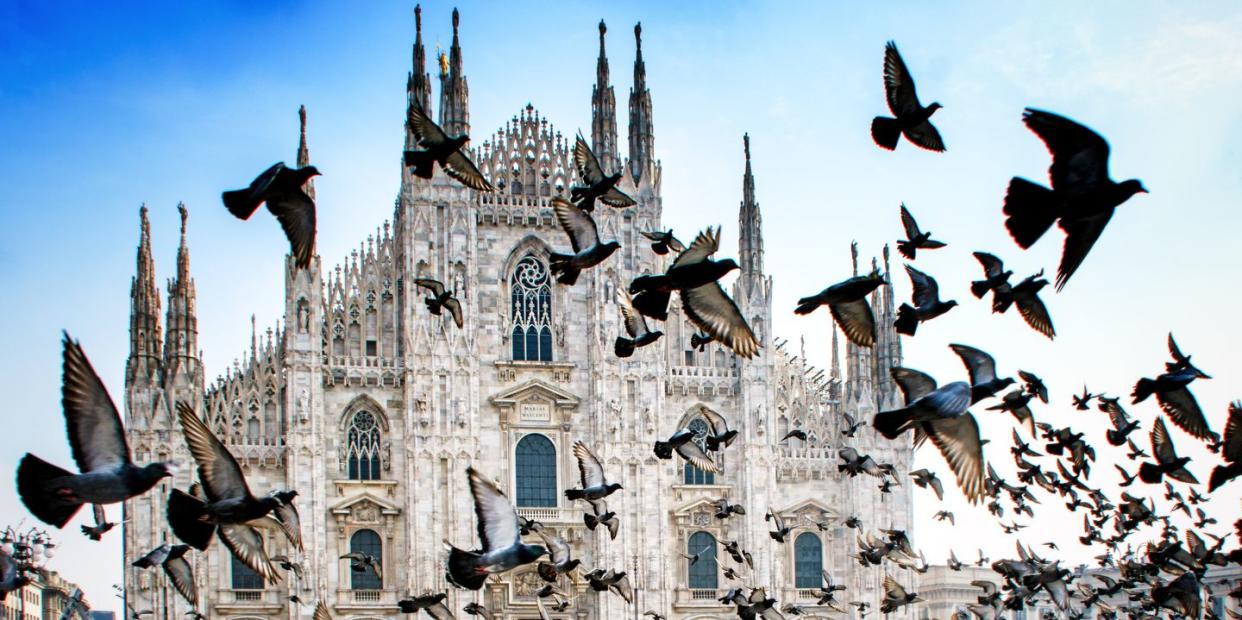
Nina Yashar
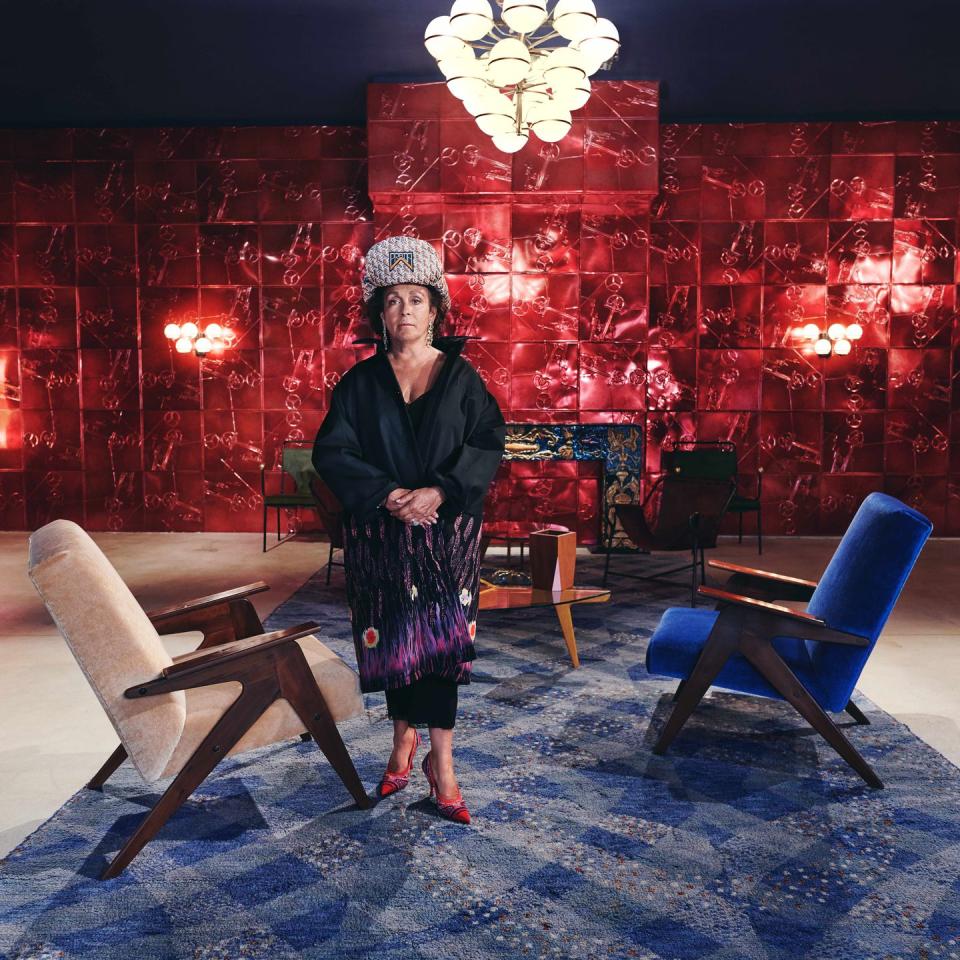
In the 40 years since she founded the gallery Nilufar (Farsi for lotus), Tehran-born Nina Yashar has become Milan’s doyenne of design, beloved for her taste, her eclectic fashion, and her shrewdness in curating contemporary designers alongside midcentury masters. When T&C recently paid her a visit for this portrait at Nilufar Depot-a factory-size offshoot of her apartment-style space on Via Della Spiga-she was standing among a museum-quality showcase of furniture by the Italian-born Brazilian modernists Lina Bo Bardi and Giancarlo Palanti. Even in a city known for discerning eyes, the global-minded Yashar continues to stand out because of her rare ability to manifest the unexpected. A walk through one of her installations could include colorful stools by the edgy Martino Gamper made of pony and Mongolian shearling wool, sculptural chairs by the great Ico Parisi, marble and bronze Thierry Dreyfus light sculptures, and maybe a century-old Persian and Chinese carpet thrown in for good measure. “Nina has freed herself from any classic definition of style,” says the architect and designer India Mahdavi. Earlier this year, at Salone del Mobile, the two grandes dames showed the kids how it’s done with a swinging nightclub cheekily called Chez Nina.
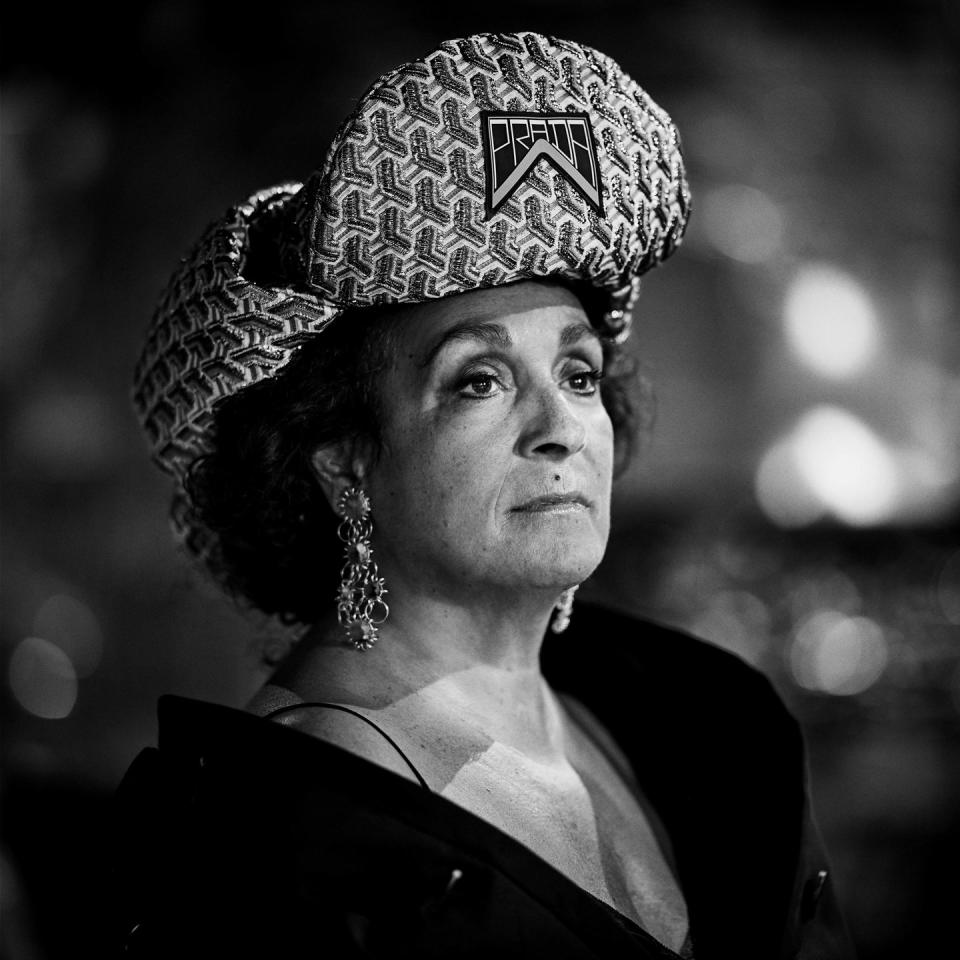
Giampiero Bodino
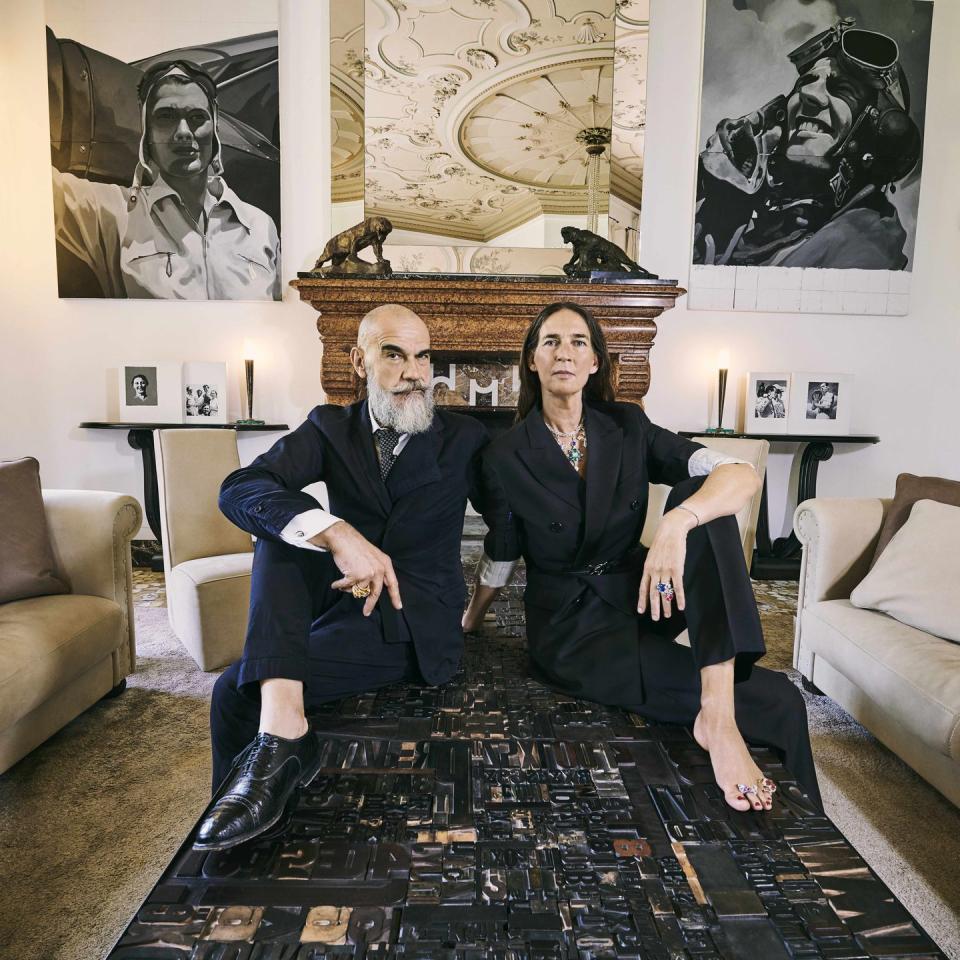
For more than a decade Giampiero Bodino was the creative director for the Swiss luxury goods behemoth Richemont, where he had become such a trusted consigliere that when he left, in 2013, to open his eponymous high jewelry label, he did so with the backing of Richemont’s chairman, Johann Rupert. Based in Villa Mozart, a 1930s Italian Rationalist villa by Piero Portaluppi on a leafy street near Via Montenapoleone, Bodino takes a deeply personal approach to the business, meeting by appointment only with his distinguished clientele, which includes Italian nobles and heiresses like Countess Bianca Arrivabene (pictured), and T&C contributor Martina Mondadori Sartogo. Appropriately, the setting-its extravagant architecture, its rich pedigree, its juxtaposition of the classical and contemporary-is reflected in his intricate precious metal marvels. Known for his bold use of color, the jeweler with the immaculately trimmed beard makes fantastical pieces that embrace his Italian roots with some edge, one that’s more typical of, say, a car designer (which he was once, working early on in his career for Giorgetto Giugiaro). Although Bodino may have access to some of the world’s best artisans and rarest stones, his greatest advantage is his masterful touch. “Giampiero’s creations are the most exquisite pieces of jewelry I have seen in a very long while,” says Mondadori Sartogo, the founder and editor in chief of Cabana magazine. “Not only the design, but the craftsmanship behind every piece is extraordinary.”
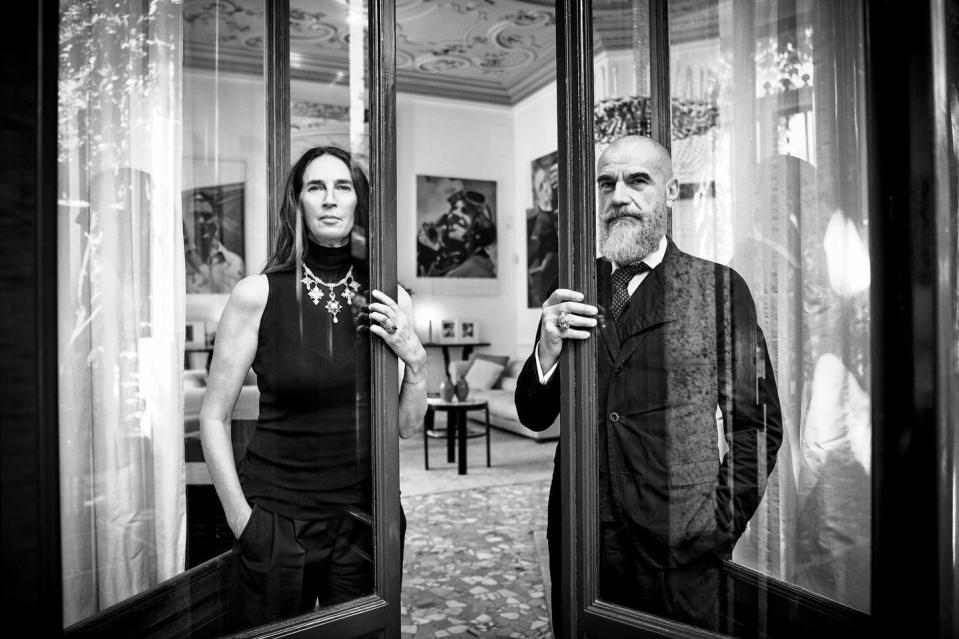
Carlo & Rosa Cracco
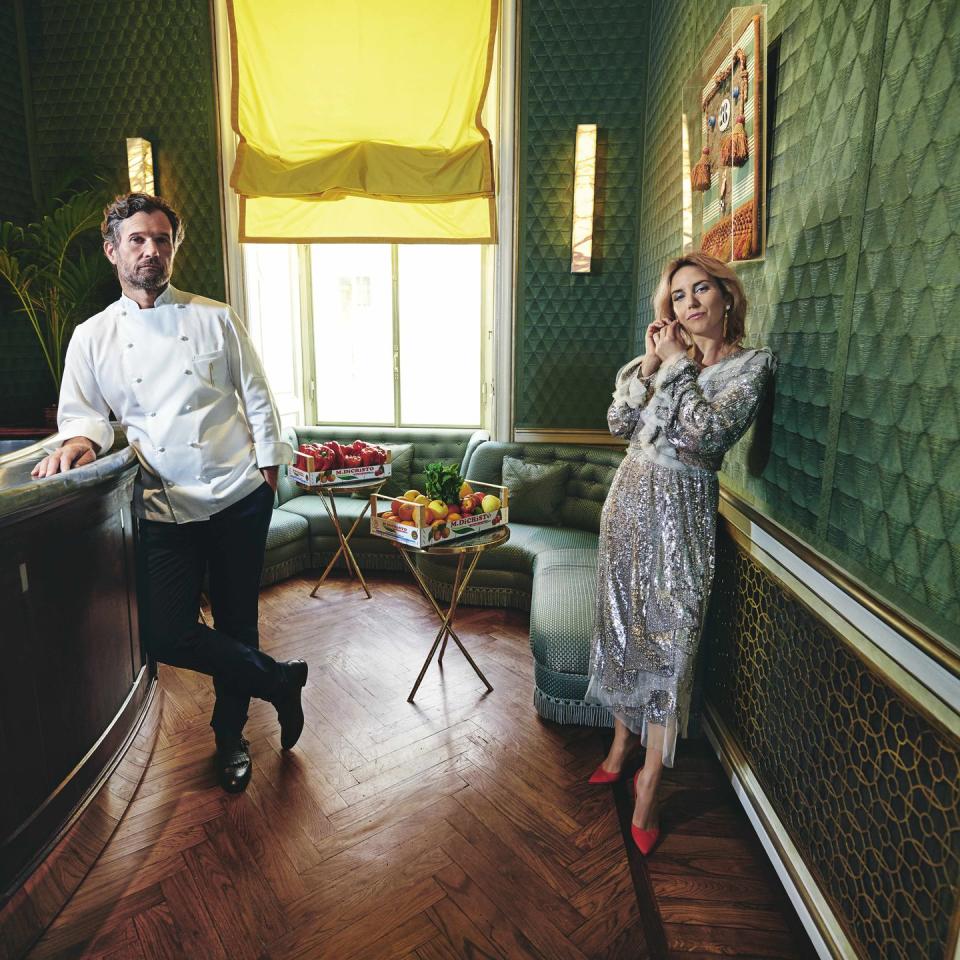
Set in the heart of Milan’s Galleria Vittorio Emanuele II-Italy’s oldest shopping mall, designed by Giuseppe Mengoni in 1861-the newly relocated Cracco is the latest restaurant by famed chef Carlo Cracco. With ornate interiors by Studio Peregalli, the swanky eatery brims with his signature bravado. The host of MasterChef Italia for its first six seasons, Cracco has the firebrand personality (and good looks) of a TV sensation, the refined taste of a chef with a Michelin star, and the roving curiosity of a world traveler. It’s this combination that has made him one of the country’s most popular, talked about, and at times controversial figures in food. (A slew of Neapolitan critics were recently up in arms over his whole-grain take on the traditional margherita pizza.) With the help of his wife Rosa, a public relations mastermind, Cracco enjoys pushing boundaries, and it shows in his dishes, which can also be found at Carlo e Camilla, his restaurant housed in a former sawmill in Segheria. “My role is like that of an artisan,” he says. “I tend to emphasize the raw materials. It’s not about too many flavors. It’s about maintaining the original flavor. Sometimes I can be provocative as well,” he adds, mentioning a spaghetti dish with sea urchins, coffee powder, and veal kidneys.
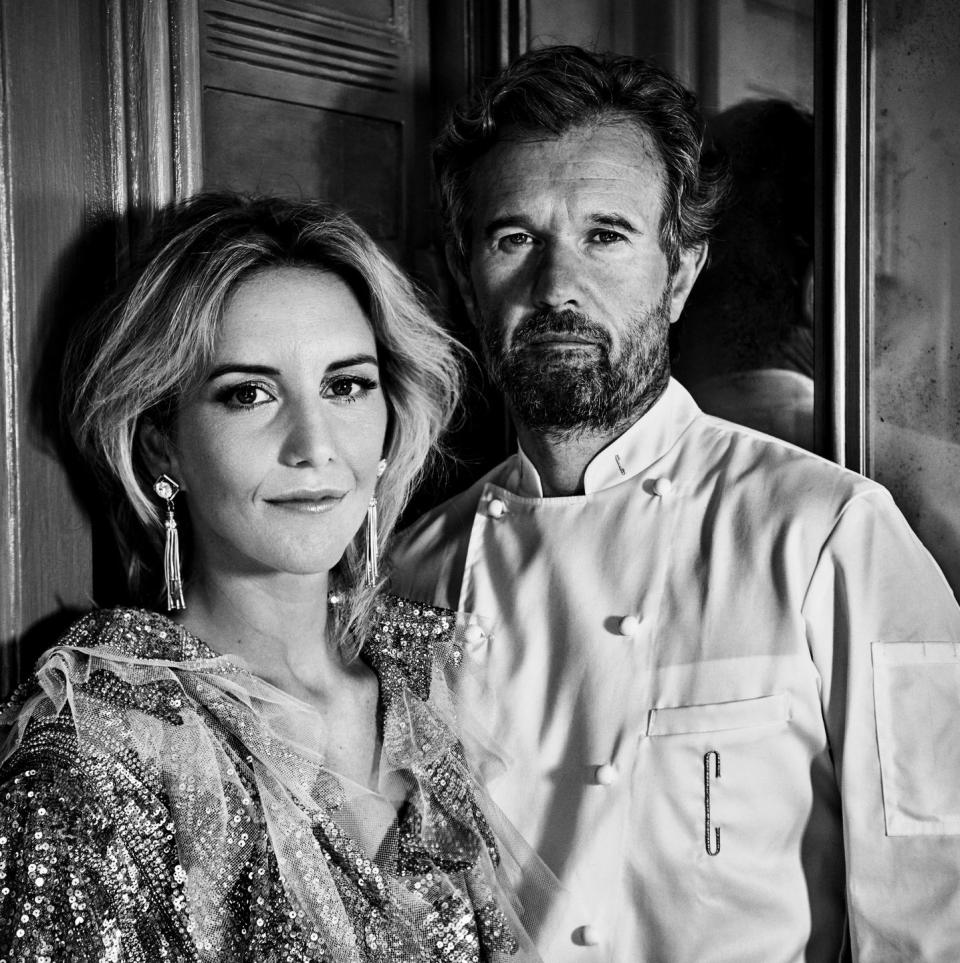
Laura Sartori Rimini & Roberto Peregalli
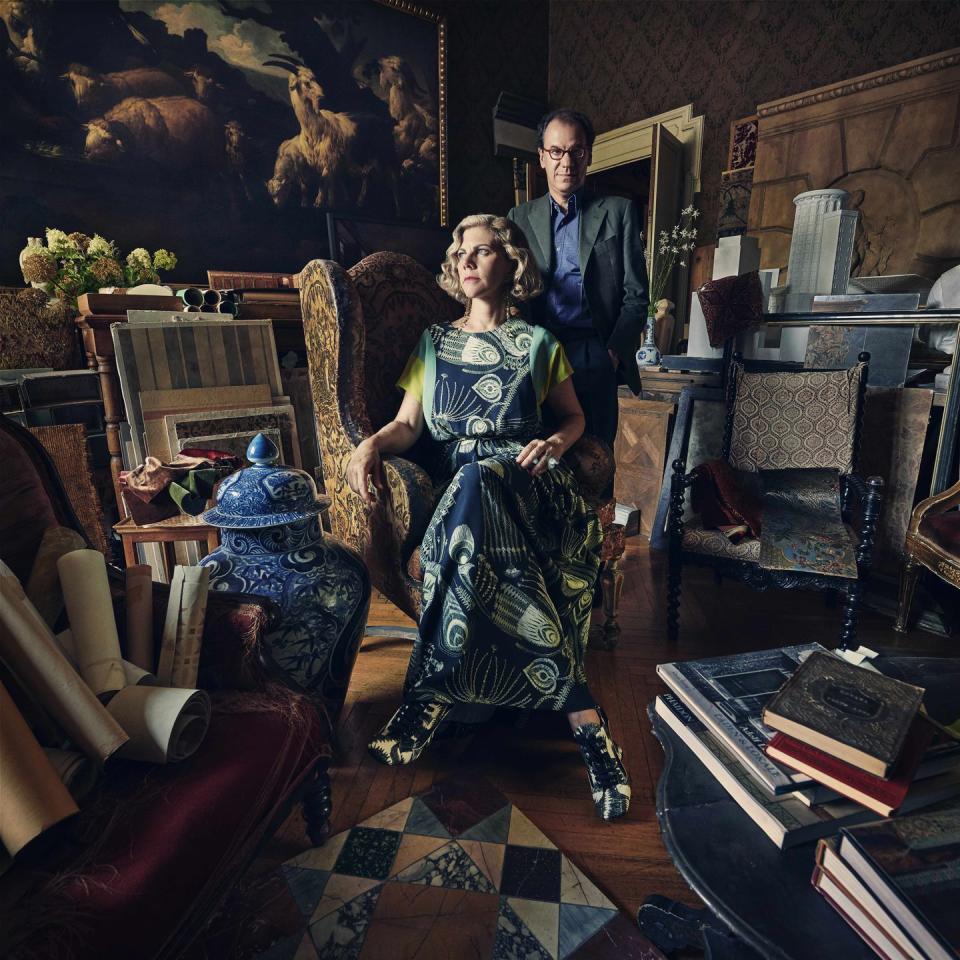
Rich, lush, and full of life, the poetic spaces of the architects Laura Sartori Rimini and designer-philosopher Roberto Peregalli mine the past while embodying the colorful personalities of their clients, such as the late fashion eminence Pierre Bergé, the writer Umberto Pasti, and the artists Rachel Feinstein and John Currin. The Studio Peregalli partners-who run one of the most sought-after interiors outfits in the world from their stuffed-to-the-gills studio on Via Passione-began their careers nearly three decades ago, in the office of the scholarly architect and set designer Lorenzo Mongiardino. Continuing the tradition of Mongiardino’s theatrical flair while twisting it in their own image, the two have carved out a reputation for detail-driven projects that defy trends. (In addition to private residences, they have done several lively restaurants, including Giacomo Bistrot and Cracco; see previous spread.) “We have respect for the past-the rigor, the quality, the craftsmanship,” Sartori Rimini says. “Quality needs time. Quality needs knowledge. This is our fight.” Their dreamy interiors may be commissioned, but they reflect the pair’s inimitable point of view. “We try to understand what our clients’ wishes are,” Sartori Rimini says, “and then try to filter them with our taste and knowledge, to arrive at a result that makes our clients happy-but also us happy.”
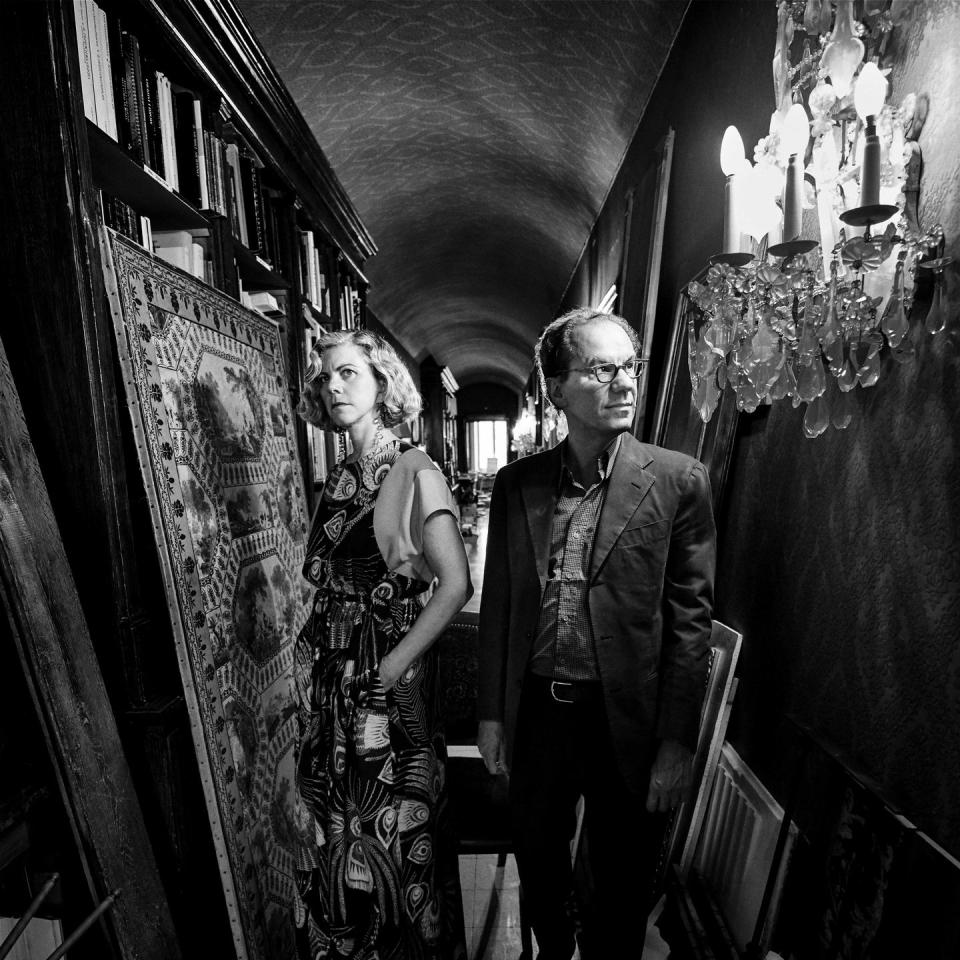
This story appears in the October 2018 issue of Town & Country. Subscribe Now
('You Might Also Like',)

